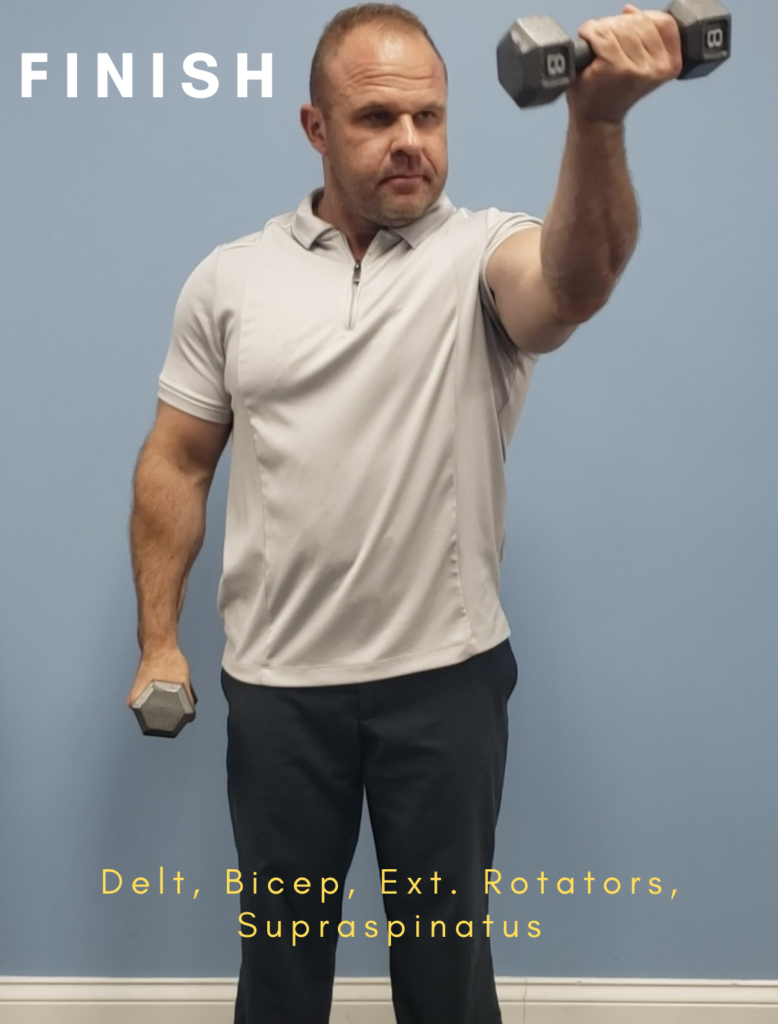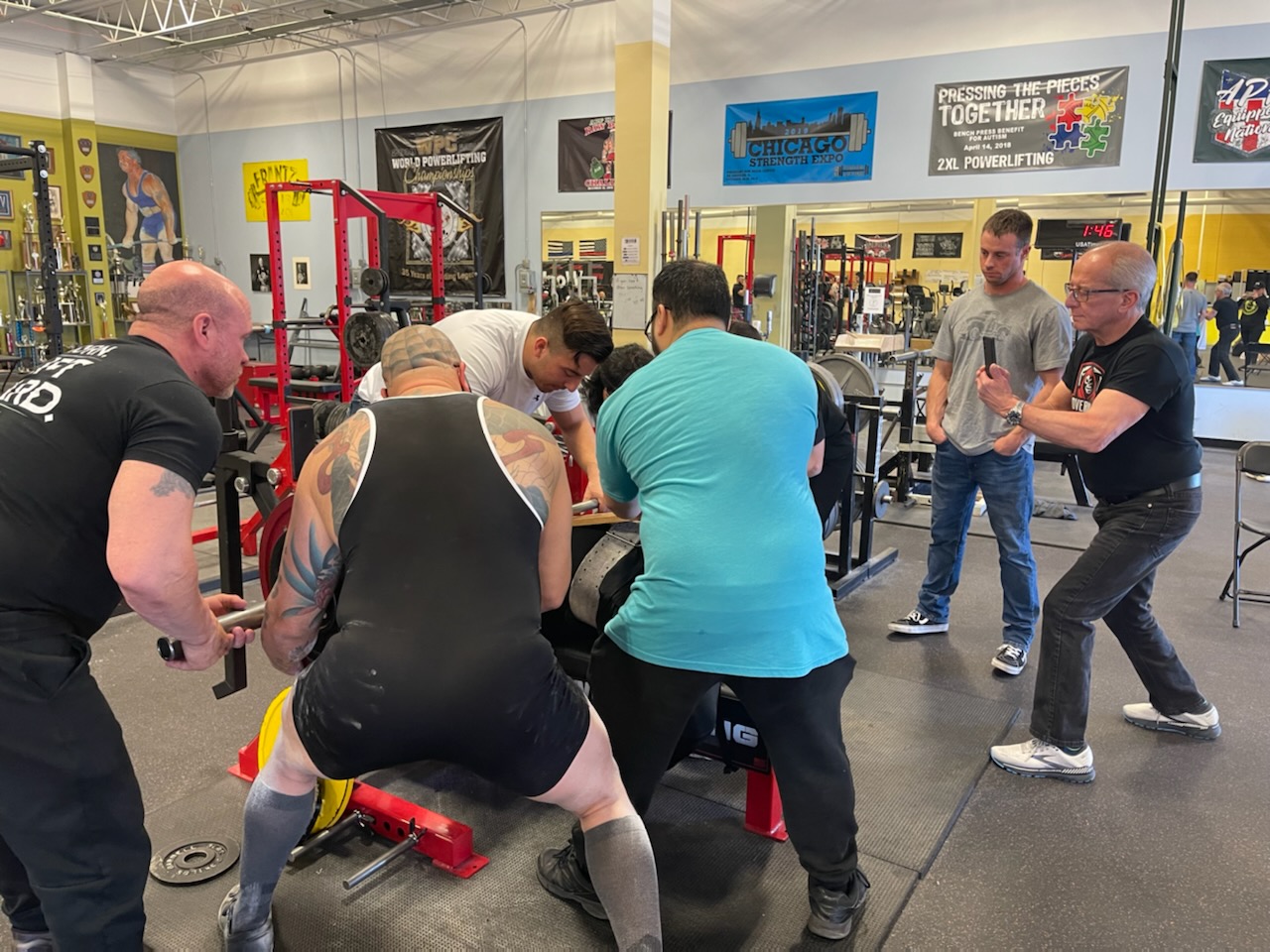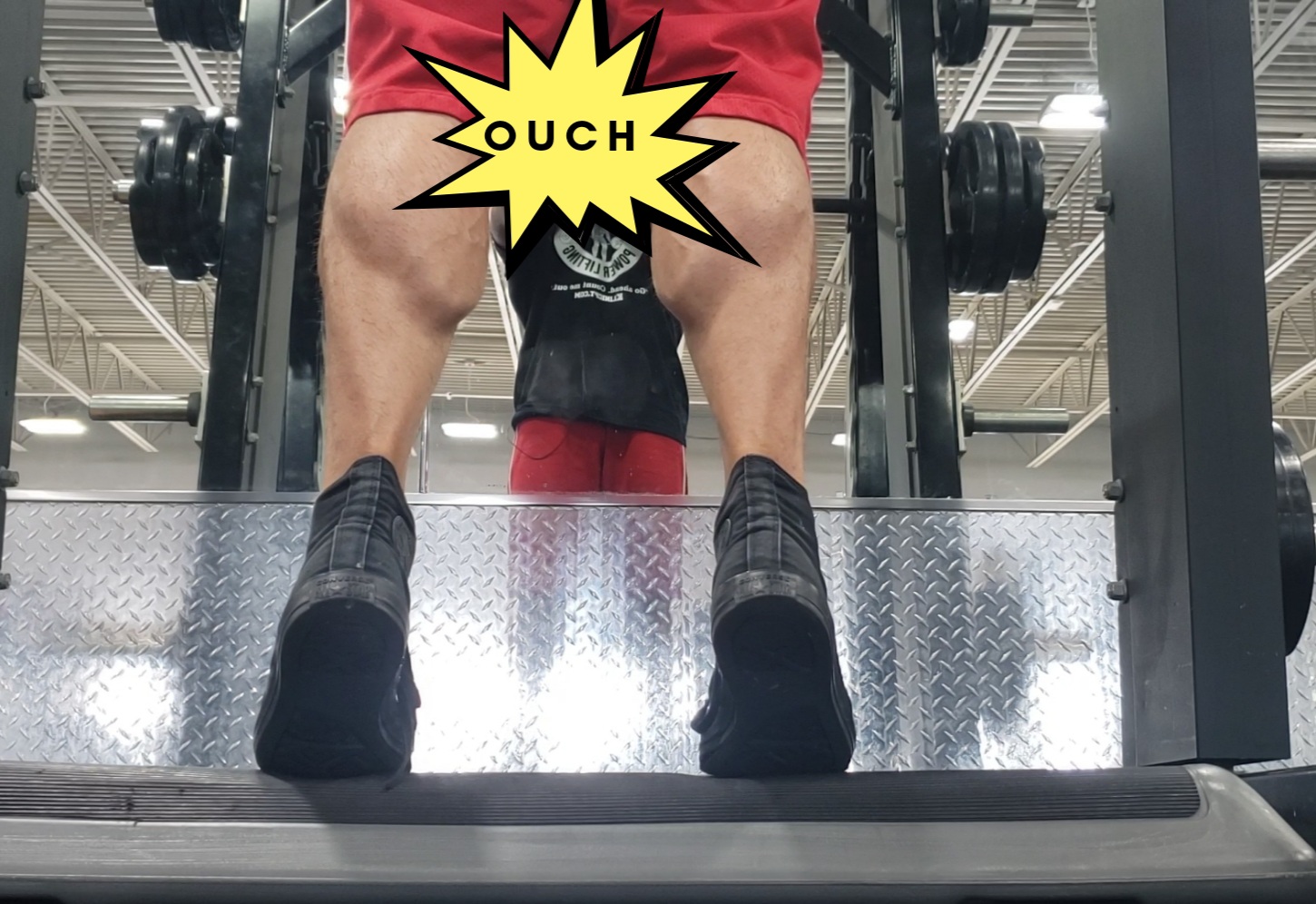From elite strength athletes to newbies we are all going to experience shoulder pain at some point, but it’s not until we have pain do we decide to fix our biomechanics. The bench press causes the highest number of musculoskeletal injuries than any other exercise.
How to Fix Shoulder Pain from Bench Pressing?
The deadlift and squat may cause more traumatic injuries, but the prevalence is greater. More people enjoy benching than deadlifting or squatting so there is a higher probability for injuries to happen. The gym bros have less excuses for the bench (“I have bad knees, I’m on my feet all day”)!
We know if we go to the PCP or orthopedic for shoulder pain the answer will be “rest.”
X-Rays are not going to show any acute injury unless there is a fracture. We know taking NSAIDS, or prednisone or a rx like Naproxyn will temporarily reduce inflammation, but there is a good chance the pain will return unless the movement pattern or programming are remedied. Fortunately, most of these shoulder dysfunctions have common denominators and solutions.
Anatomy 101
I was a nerd for anatomy and physiology growing up, especially the carryover into the weight room. The Flex Magazines went as far teaching us about the anterior, lateral and rear deltoid for the shoulder, but there are 4 vital rotator cuff (RC) muscles under the deltoid: “S.I.T.S.”
In a nutshell, the RC muscles provide stability to the shoulder and assist in certain movements like abduction, internal and external rotation of the arm. RC strength should be in balance with deltoid strength.
For normal shoulder motion the scapula (shoulder blade) accounts for 1/3 of the available shoulder motion. The scapular muscles used for normal scapulohumeral rhythm are the mid & low traps, rhomboids and serratus anterior group. Scapular strength should be in balance with pec strength to prevent injury.
The deltoid and RC muscles are innervated from the C5 and C6 nerve roots. A good PT will assess the scapula, shoulder and cervical spine for mobility and strength during a shoulder examination. For example, I have had MD’s send patients to PT for a ‘shoulder pain’ diagnosis.
After my exam I found the C5 facet to be blocked, causing radiculopathy into the upper shoulder blade. Treatment to the neck fixed the shoulder.

Causes of Pain
I have had countless meatheads come up to me and ask, “Hey, I have this shoulder pain–.” I cut them off and immediately palpate the proximal bicep tendon over their hoodie. “Ouch! That’s it! How did you know?” Bicep tendinitis is the most common shoulder injury I see related to bench pressing.
The leading cause for bicep tendonitis is over-crossed syndrome. Over-crossed syndrome is when someone presents with dominant pecs, anterior deltoids, and internal rotators of the shoulder.
The weakened muscles groups are the lats, rear deltoids, external rotators, middle and lower traps. In cervical spine the extensors are dominant and the flexors are weak.
We’ve all seen this lifter walk through the commercial gym. The “fake lat spread syndrome” comes to mind.
One cause for overuse injuries is when RC muscle strength is disproportionate to the deltoid strength. AC bursitis, RC tendinitis and impingement commonly occur. Usually, a quick spike in training frequency or repetitive overhead pressing also causes AC bursitis. The bursa sack cushions the supraspinatus from the acromion. Pain cannot be pinpointed on the surface but is felt with overhead or inclined pressing.
Another cause for pain, specifically the supraspinatus, is when lifters do not tuck their elbows in about 45 degrees during the negative (eccentric phase).
In a healthy male there is 9-10mm of space between the acromion and bursa, but when the arm is flared at 90 degrees relative to the torso, the space can decrease by half, causing pinching of the supraspinatus tendon. With time, heavier loads and repetition tendinitis or tendinosis (chronic tendinitis) occur.


In addition to biomechanics, programming is also important. Our upper body is not meant to handle excessive loading repeatedly. Think of a baseball pitcher on a 4 day pitching rotation, and compare him to a lifter who crams shoulders, chest and then arms in 3 separate days within in a 5 day window. Or in the PL world a powerlifter with heavy bench one day, with an accessory/speed day 2-3 days later.
Going full range too often can also exacerbate shoulder pain. Going full range increases the internal rotation of the humerus bone in the glenoid. If a lifter is benching moderate to heavy, using barbell and going full range more than twice per week, with no concentration of facilitating the correct muscles, then this is a fire path to shoulder pain.
In rehab, I am unorthodox in my approach to strengthening patients. 3 days per week of strengthening typically leads to tendinitis, so one day I may do only manual & stretching.
Tom’s Tip: Build the F out of your RC strength. In my anecdotal evidence when I train the RC for strength and not solely for rehab purposes, I notice an increase in pressing power. The transition point in the bench is smoother. In a bench shirt this is usually the sticking point. For my warmups before benching I will use bands – for speed – to prepare the proprioceptors.
On my accessory days to build strength, I reach for the dumbbells and cable machines, often doing up to 5 sets for external and 3 sets for internal rotation. Alternating forward raises with turning the palm UP at the top, targets the bicep, external rotators and anterior deltoid and opens the subacromial space.




Try shaving down the range of motion by putting a foam roller or 3 board on your chest. This is also a great way to work on the lockout if this is your sticking point in the bench (like mine).
Start with reps between 8 and 12, and overtime progress to higher weight. I recommend a narrower grip to engage the triceps further.
If you are also dealing with a strained pec, boards are a great solution to work around the pain. Closer to a competition, or as my age creeps up higher, the less I care about going full range raw because my chances of tearing a pec increase.

Tuck the elbows in and under. When are elbows are tucked in about 45 degrees the GHJ is in an open packed position, which reduces strain on the RC and pec. (An abduction pillow in a sling provides a similar concept in rehab.) I enjoy building shoulder strength to assist with the transition point, so I include overhead pressing in my accessory days.
You can tuck the elbows in at 45 degrees on both the barbell and dumbbell. Another variation is keeping the palms facing each other. This will reduce pec strain but also develop stability in the shoulders.




Learning to increase your thoracic extension reduces the total range of motion, which is good for powerlifters. It also reduces the likelihood of the shoulder going into internal rotation at the bottom of the movement. Body tempering or foam rolling are great manual techniques.
There are entire social media platforms dedicated to thoracic mobility. Another tip is to learn to diaphragmatic breath and brace during the negative. A full thorax of air acts like a cushion to your shoulders. Plus, it cuts down your risk of passing out (due to BP) in a bench shirt.
After we squat on Sundays, I have a lifter mobilize my thoracic spine before bench or deadlift.
To reverse upper crossed syndrome, go to work building the back. A stronger back (ie scapular muscles, lats) stabilizes the torso on the bench, keeps the muscle balance in proportion and reduces total range of motion on the bench if your goal is powerlifting.
Even the top equipped benchers on the planet have huge traps and thick paraspinals. I recommend training upper back lightly on bench days, and then also on a separate day (ie deadlift, squat or back day).
For acute overuse injuries ice is a good modality to calm inflammation. Enough circulation is present through exercise. Manual therapy to reduce adhesion build up will also accelerate healing.
For a specific protocol how to treat one of the above injuries, or you require skilled PT following surgery, contact me. If you are looking for program how to build a stronger bench or video breakdown of your bench I can assist, also.




